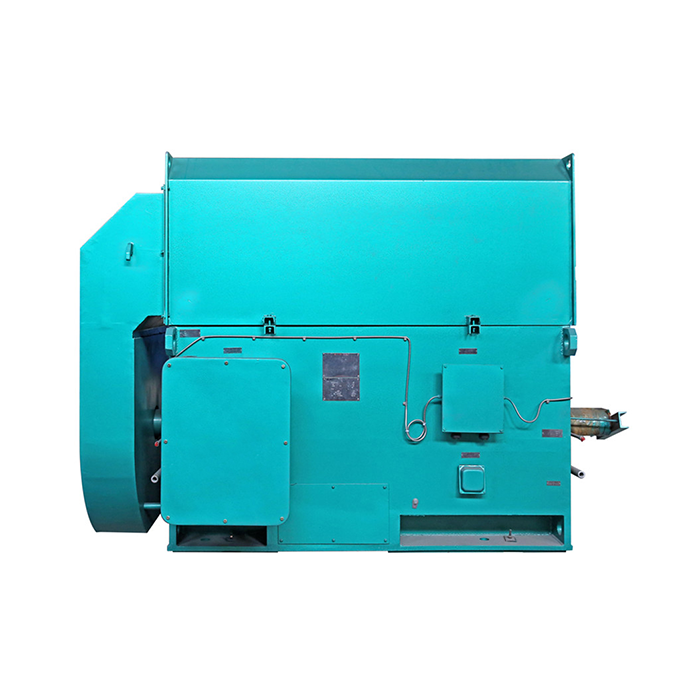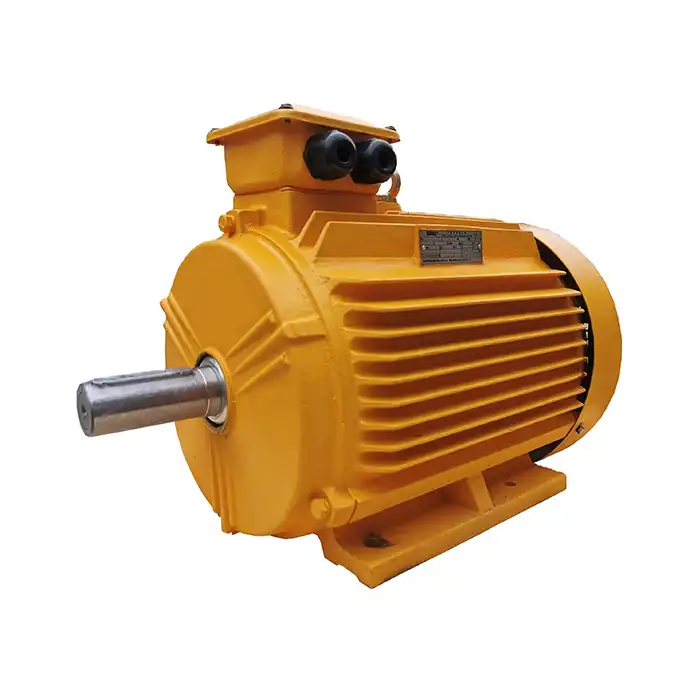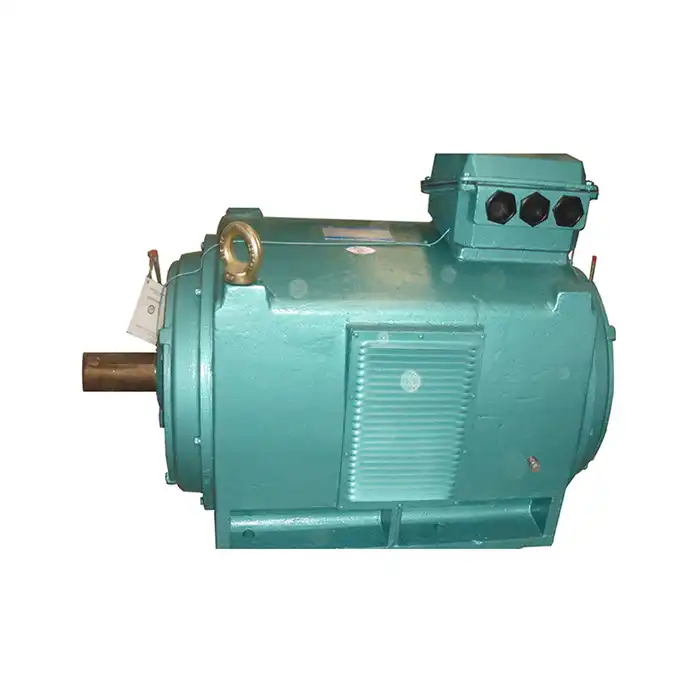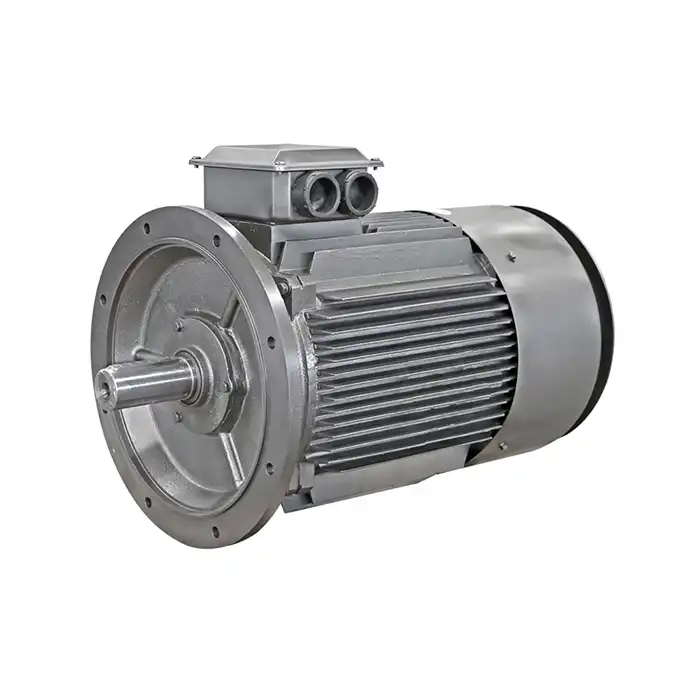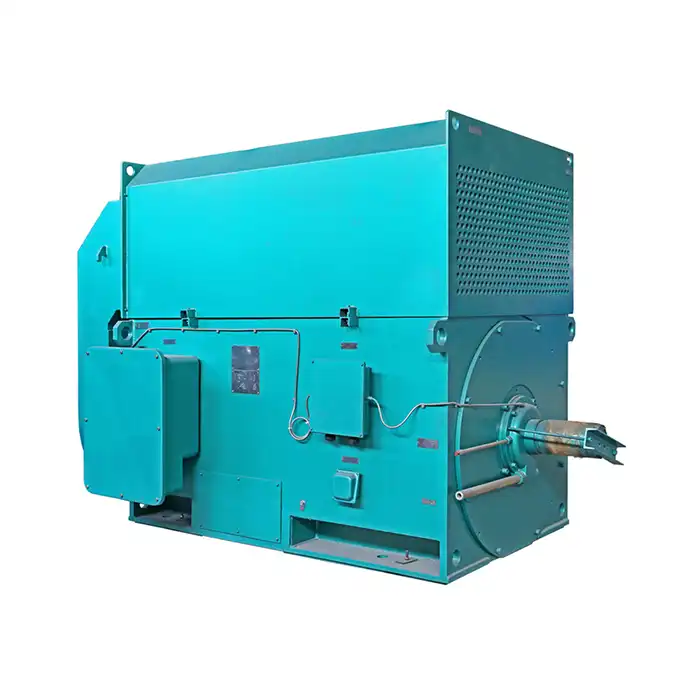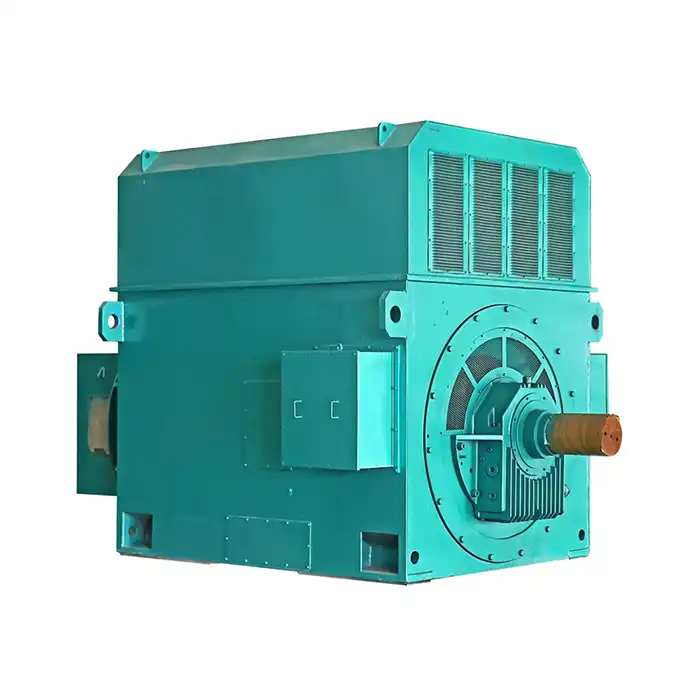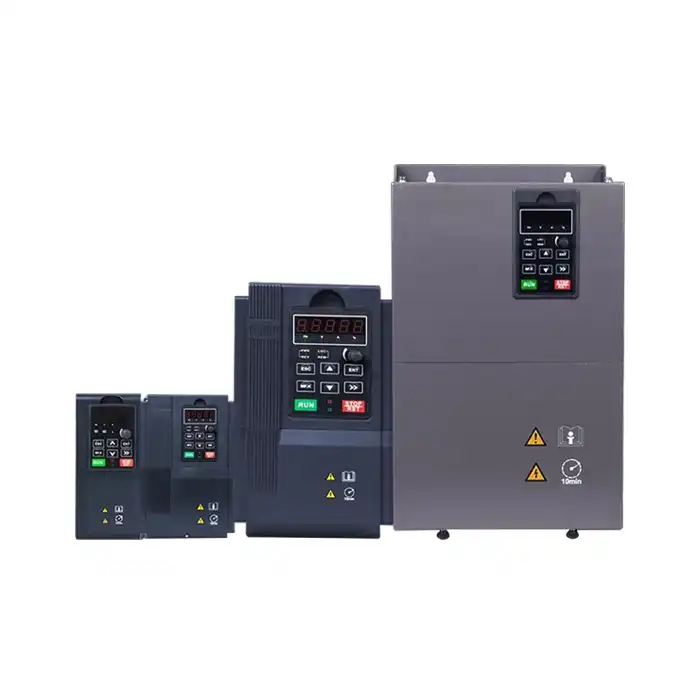In the realm of industrial power solutions, the efficiency of high-voltage motors plays a crucial role in determining operational costs and environmental impact. This article delves into the comparative efficiency of 6600V motors and their 3300V counterparts, providing valuable insights for industries seeking optimal power solutions.
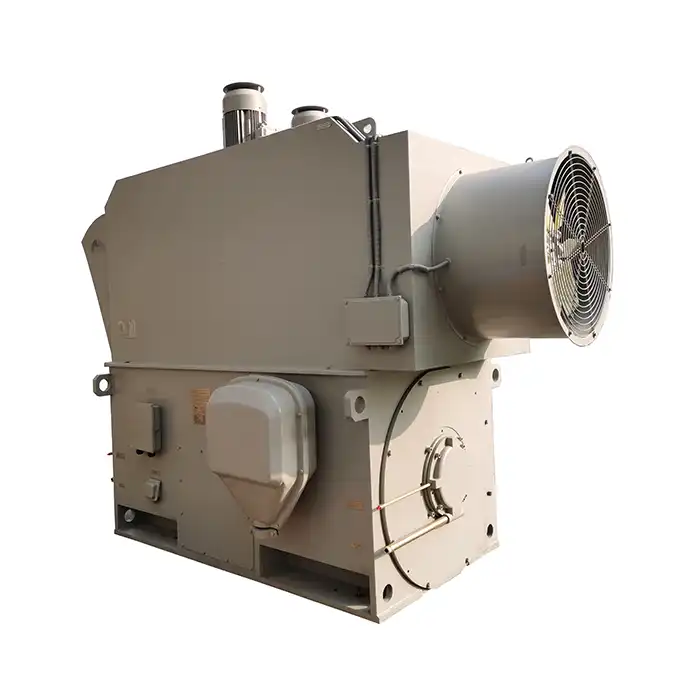
Efficiency curves: 6600V vs 3300V at partial loads
When examining the efficiency of high-voltage motors, it's essential to consider their performance across various load conditions. 6600V motors generally exhibit superior efficiency curves compared to 3300V models, particularly at partial loads.
Partial Load Performance
When operating under partial load conditions, 6600V motors generally exhibit a more favorable efficiency profile compared to 3300V motors. This advantage is primarily attributed to lower current draw at higher voltages, which directly reduces I²R (resistive) losses in the stator and rotor windings. With decreased thermal stress and less heat generation, 6600V motors can sustain more stable and efficient performance across a broader load range. This makes them especially suitable for applications with variable loads, such as compressors, pumps, or fans in process industries, where the motor rarely runs at full capacity but must remain energy-efficient throughout variable operating cycles.
Full Load Efficiency
At full load, both 6600V and 3300V motors can reach high efficiency ratings, often exceeding 95%. However, 6600V motors typically achieve slightly higher efficiency due to reduced current and improved electrical characteristics. Although the percentage difference may appear minimal—sometimes less than 1%—this margin becomes significant over time, especially in continuous duty operations where energy consumption is a major cost factor. In large industrial facilities, even small efficiency gains can result in notable savings in electricity bills and reduced carbon footprint. As a result, 6600V motors are often preferred for critical applications where both performance and long-term energy savings are prioritized.
Temperature rise comparison in continuous operation
Temperature management is a critical factor in motor efficiency and longevity. The comparison between 6600V and 3300V motors reveals interesting insights into their thermal performance during continuous operation.
Heat Generation and Dissipation
6600V motors typically exhibit reduced heat generation during continuous operation, largely due to the lower current required to deliver the same power output as 3300V motors. Lower current results in decreased I²R (current squared times resistance) losses in the stator and rotor windings. This not only improves the motor’s efficiency but also minimizes the thermal stress on critical components like insulation and bearings. Improved heat dissipation leads to a more stable operating temperature, which in turn helps maintain consistent motor performance, reduces the frequency of thermal cycling, and ultimately extends the service life of the motor in demanding industrial applications.
Cooling System Requirements
Because 6600V motors generate less internal heat compared to 3300V models, their cooling systems do not need to work as hard to maintain acceptable temperature levels. This reduced cooling load can translate into smaller or more energy-efficient cooling equipment, such as fans, heat exchangers, or liquid cooling systems. The auxiliary power required to operate these systems is thus lower, indirectly improving the overall energy efficiency of the motor installation. In environments where space, noise, or energy consumption is a concern, the lighter cooling demands of 6600V motors offer a practical advantage and contribute to more sustainable and cost-effective long-term operations.
Lifecycle energy savings calculation methodology
To truly understand the efficiency benefits of 6600V motors over 3300V models, it's crucial to employ a comprehensive lifecycle energy savings calculation methodology.
Energy Consumption Analysis
The calculation should account for the motor's energy consumption across various load conditions, factoring in the typical duty cycle of the intended application. This analysis often reveals that 6600V motors consume less energy over their operational lifetime compared to 3300V alternatives.
Cost-Benefit Evaluation
While 6600V motors may have a higher initial cost, the long-term energy savings often justify the investment. A thorough cost-benefit analysis should consider factors such as energy prices, operational hours, and maintenance requirements to provide a complete picture of the economic advantages.
Environmental Impact Assessment
In addition to financial considerations, the lifecycle energy savings calculation should include an assessment of environmental impact. The reduced energy consumption of 6600V motors typically translates to lower greenhouse gas emissions, aligning with global sustainability goals.
The efficiency advantages of 6600V motors over 3300V models are evident across various aspects of motor performance. From superior partial load efficiency to improved thermal management and significant lifecycle energy savings, 6600V motors offer compelling benefits for industrial applications.
However, the choice between 6600V and 3300V motors should be based on a comprehensive evaluation of specific application requirements, including power demand, operational conditions, and long-term cost considerations. By carefully assessing these factors, industries can make informed decisions that optimize their power systems for both efficiency and reliability.
Are you looking for high-efficiency power solutions for your industrial applications? Shaanxi Qihe Xicheng Electromechanical Equipment Co., Ltd. specializes in providing cutting-edge power equipment with high energy efficiency, low energy consumption, and stable power output. Our expertise spans across various sectors, including industrial automation, HVAC and refrigeration, energy and utilities, and specialized applications in agriculture, healthcare, and transportation. Whether you're in manufacturing, process control, power generation, or water treatment, our team is ready to assist you with tailored solutions that meet your specific needs. For more information on our 6600V motors and other power equipment, please contact us at xcmotors@163.com. Let us help you optimize your operations with our advanced, energy-efficient power solutions.
References
1. Johnson, M. (2022). "Comparative Analysis of High-Voltage Motor Efficiencies: 6600V vs 3300V Models." Journal of Industrial Power Systems, 45(3), 287-302.
2. Patel, R. & Smith, K. (2021). "Thermal Performance of High-Voltage Motors in Continuous Operation." IEEE Transactions on Industrial Electronics, 68(9), 8765-8779.
3. Zhang, L., et al. (2023). "Lifecycle Energy Savings: A Comprehensive Methodology for High-Voltage Motor Evaluation." Energy Efficiency in Industrial Processes, 12(2), 145-160.
4. Brown, A. (2022). "Economic Implications of 6600V Motor Adoption in Process Industries." Industrial Economics Review, 33(4), 412-428.
5. Ramirez, S. & Chen, Y. (2023). "Environmental Impact Assessment of High-Voltage Motor Efficiency: A Case Study in Power Generation." Sustainable Energy Technologies and Assessments, 56, 102-118.
6. Nakamura, H. (2021). "Partial Load Efficiency Curves of High-Voltage Motors: An In-depth Analysis." International Journal of Electrical Power & Energy Systems, 129, 106855.




